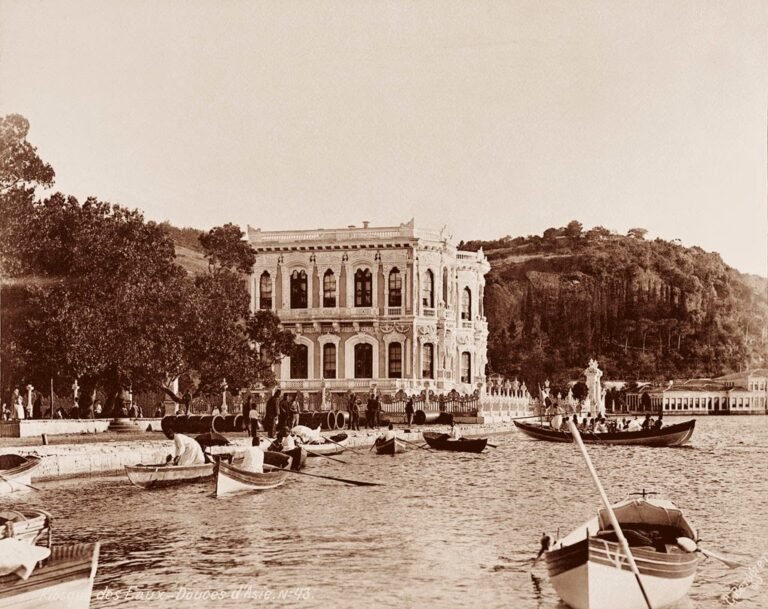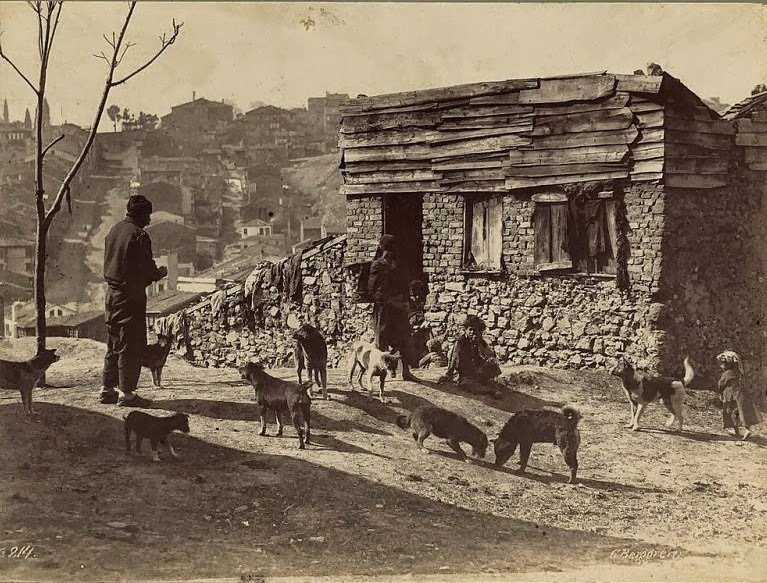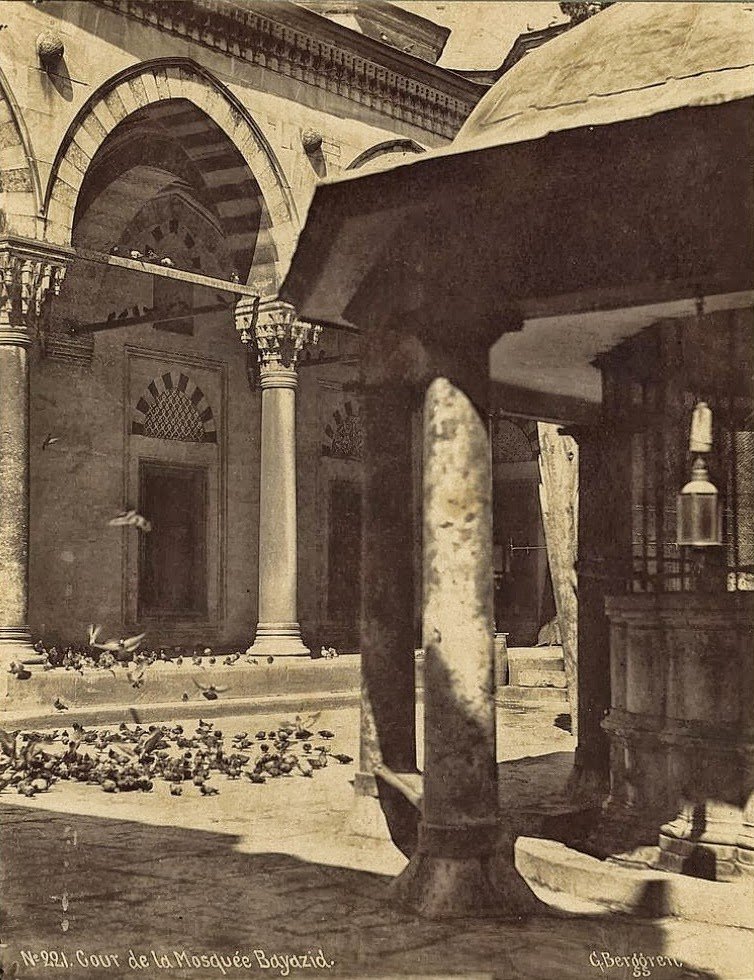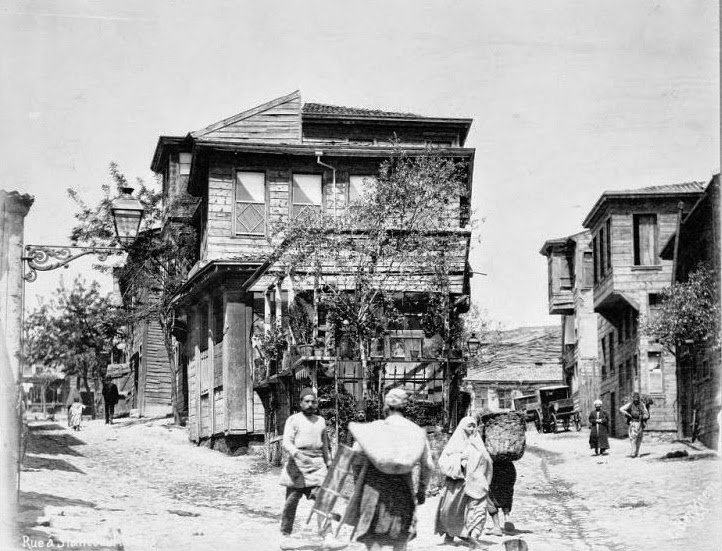
Istanbul at the End of the 19th Century
At the end of the 19th century, Istanbul, the Ottoman capital also known as Constantinople, was witnessing significant developments and transformations. The city featured a unique blend of classical Ottoman architecture and contemporary Western influences, with vibrant streets and bustling markets.
Istanbul was home to a rich cultural diversity, where multi-ethnic and religious communities lived side by side. There were clear efforts to modernize the city, including the development of infrastructure such as tram networks and public lighting.
Istanbul during this period reflected the complex political and social dynamics the Ottoman Empire was undergoing, facing challenges both internally and externally.
With the political and economic challenges it faced, the Ottoman Empire initiated reform programs to modernize infrastructure and administrative systems. Istanbul, as the center of the Empire, was at the heart of these changes. The city witnessed the introduction of new technologies such as railways and telegraph, increasing its connectivity to the outside world.
Istanbul also experienced growth in education and culture, with the establishment of new schools and universities, publishing houses, and theaters. This cultural and educational development brought with it new ideas and diverse intellectual movements.
Despite these developments, Istanbul faced social and economic challenges, including poverty and class differences. The Empire also suffered from national and religious tensions, as various minorities began to demand more rights and independence.
Despite these challenges, Istanbul remained a vibrant and significant city, reflecting the rich history and cultural diversity of the Ottoman Empire. It served as a bridge between East and West and became a symbol of the convergence of cultures and civilizations.
Here we stand with some images from that period:


















Discover more from History in Pictures
Subscribe to get the latest posts sent to your email.